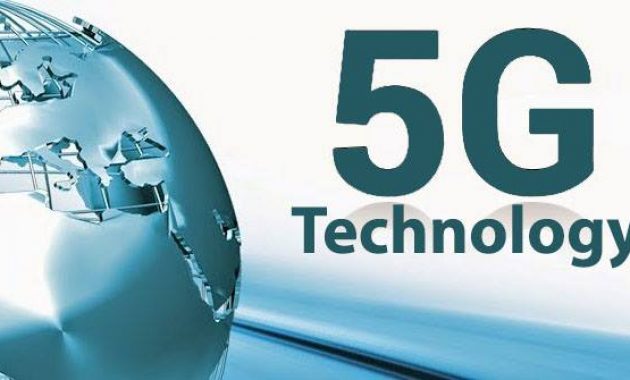5G and blockchain are two innovations that can possibly disrupt the technological and telecommunications future. In select cities of the United States, rollout 5G has already started. The technology should be commonplace over the next few years, with global coverage anticipated in 2020. Here’s what to expect with 5G and blockchain.

5G and blockchain can bring huge importance to culture in combination with the Internet of Things appliances. Take the benefits and opportunities of these techniques and the difficulties they are going to face.
The Internet of Things has been observed for a few years by analysts. However, it has been impaired by two major bottlenecks: safety and ability. However, IoT devices can be used much more widely by introducing 5G networks.
Latency relates to the period between the moment when and when a message is sent. For systems to interact without important delay, such small latency is crucial.
This deterioration in the latency of the Internet of skills (IoS) is also critical to open up another idea. The concept is that experts can remotely operate via headsets for virtual reality. A small latency network is crucial to ensure that such a notion is completely implemented.
5G networks can transmit data at much higher and lateral speeds than 4 G networks (Fifth Generation). The Internet of Things can, therefore, realize all its potential and apps like IoS can be opened.
This means that even the smallest IoT phones can be cost-effectively linked to the ecosystem. 5 G networks are going to allow much more appliances to be interconnected at the same time. Up to 100 billion IoT links are projected to be available by 2025. In the coming years, the development of 5 G networks will, without doubt, play a key part in the sector’s growth.
Although 5 G can solve one of the biggest bottlenecks that have impeded IoT growth, there are still other issues. Malicious systems may generate network issues. The growth in payment quantity and transfers between the many interconnected machines could present a challenge.
Decentralized blockchains can be used to settle operations and intelligent contract circumstances between IoT systems as a protocol layer which provides reliable safety. Decentralized blockchains can also protect and guarantee the identity of IoT systems. These devices are currently identified by cloud servers, which store their ID in databases.
Such information may be robbed or damaged. Like VPN software, decentralized block chains and safe hatching algorithms and asymmetric cryptography can assist safeguard individual identities online. In this way, the privacy of computers can be guaranteed and protected.
This multi-purpose combination of 5 G, IoT, and blockchain enable intelligent households, drivers and clever towns to increase. Out of a network of billions of smart devices and sensors that are communicating via a 5 G high-speed network, several traditional sectors, including mining, agriculture, and boiling, will probably see automation over the next century.
Once the 5 G roll-out is full and the network is omnipresent, IoT is increasingly expanding in the IoT sector with intelligent systems. The scalability bottleneck must be overcome, however. When it happens, we can assume that the way we reside and operate will see a significant revolution.